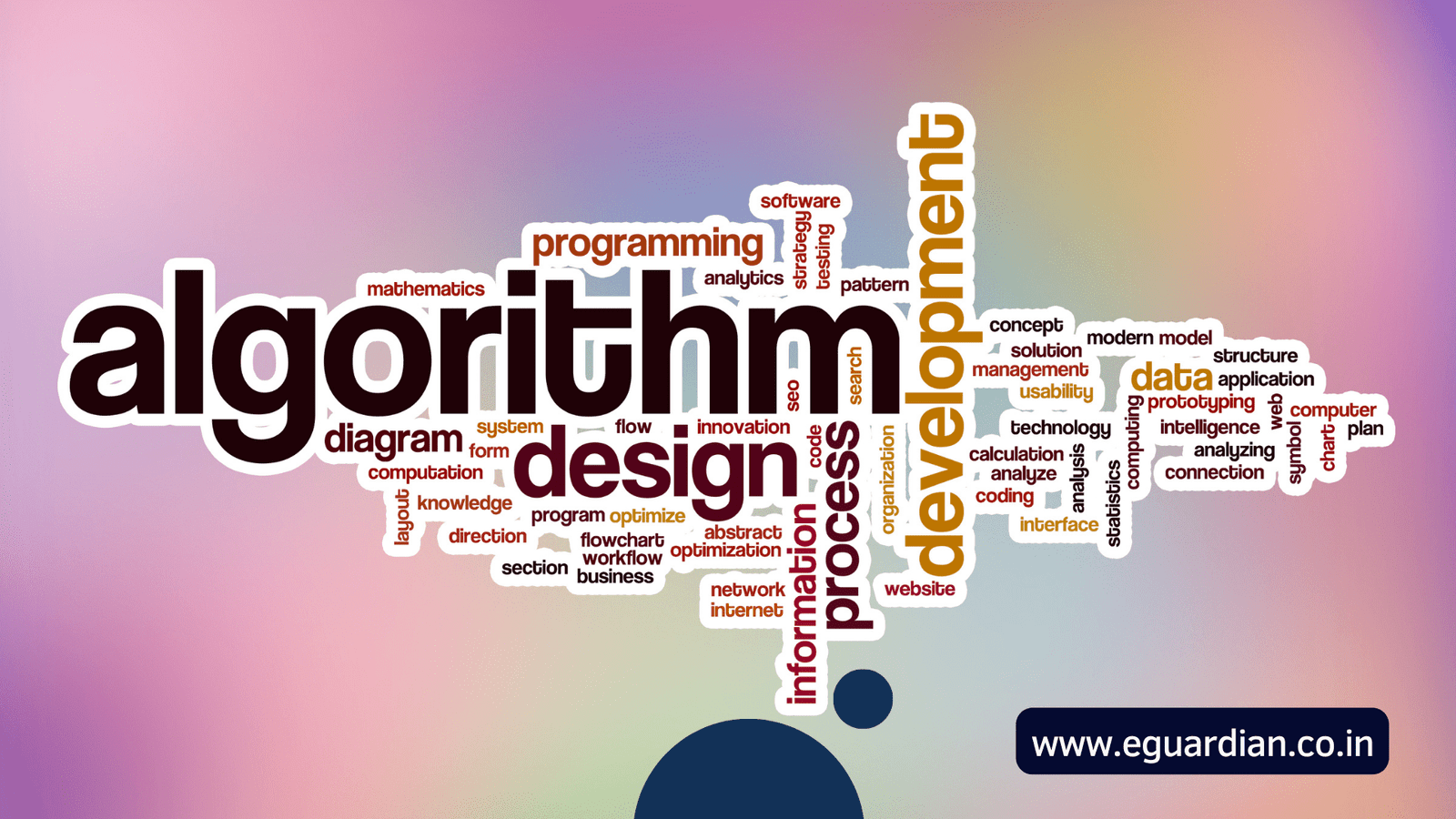Preparing for an exam can be a daunting task, especially when it comes to subjects like Database Management Systems (DBMS). To ensure success, students often seek additional resources such as multiple-choice questions with answers that provide a comprehensive understanding of the topic.
If you are one of those students who is currently on the hunt for DBMS multiple-choice questions with answers in a convenient PDF format and free of cost, then you have arrived at the right place.
In this article, we will explore the importance of practice questions and where to find reliable resources that can assist you in your exam preparation journey.

DBMS multiple choice questions with answers pdf free download
1. Data independence is usually considered from ___ points of view.
Ans. data item
2. ___ data independence allows changes in the physical storage devices.
Ans. Universe of Discourse
3. ___ data independence implies that application programs need not be changed if fields are added to an existing record.
Ans. software
4. Logical data independence is more ___ to achieve than physical independence.
Ans. database system
5. ___ were among the first to use databases in a geographically distributed manner.
Ans. Airlines
6. Web accesses may be stored in a ___.
Ans. Database
7. The ___ machines came along and let users interact directly with databases.
Ans. Automated teller
8. In ___ database is used for keeping records of calls made, generating monthly bills, maintaining balances on prepaid calling cards, and storing information about the communication networks.
Ans. Telecommunication
9. Data independence is usually considered from ___ points of view.
Ans. Two
10. The ___ is one part of the conceptual design process.
Ans. data model
11. ___ data independence allows changes in physical storage devices.
Ans. Physical
12. Data modelling is preceded by ___ and analysis.
Ans. planning
13. The E-R data model based on a perception of the real-world that consists of a set of basic objects called ___.
Ans. entities
14. A particular occurrence of an entity is called an entity ___.
Ans. instance
15. An entity in A is associated with at most one entity in B, and an entity B is associated with at most one entity in A, this type of relationship is ___.
Ans. one-to-one
16. In one-to-many relationships, an entity in A is associated with any number of entities in B. An entity in B, however, can be associated with at most ___ entity in A.
Ans. one
17. The database administrator is the focus of the ___ control.
Ans. Centralized
18. ___ data independence implies that application programs need not be changed if fields are added to an existing record.
Ans. Logical
19. Logical data independence is more ___ to achieve than physical independence.
Ans. difficult
20. Any redundancies that exist in the DBMS are controlled and the system ensures that these multiple copies are ___.
Ans. Consistent
21. Relational/SQL data is ___ to query than hierarchical, CODASYL, or some other model.
Ans. Easier
22. The relational model is based on ___ its accuracy and usefulness as a basis in mathematics.
Ans. set theory
23. ___ means that the data contained in the database is both accurate and consistent.
Ans. Data integrity
24. Data is of ___ importance to an organization and may be confidential.
Ans. Vital
25. A significant disadvantage of the DBMS system is ___.
Ans. Cost
26. The physical database is the data that is stored on ___ storage devices
Ans. Secondary
27. The overall design of the database is called the ___ schema.
Ans. Database
28. In general, the database system supports one physical schema, one conceptual schema and several ___.
Ans. Subschema
29. The highest level of abstraction as seen by a user is called ___view.
Ans. External
30. ___ level describes what data are actually stored in the database.
Ans. Internal
31. The MySQL architecture consists of ___ primary subsystems.
Ans. Five
32. The ___ decomposes the SQL commands it receives from calling programs into a form that can be understood by the MySQL engine.
Ans. Syntax Parser
33. The ___ interfaces with the operating system (OS) to write data to the disk efficiently.
Ans. Storage Manager
34. Buffer manager subsystem handles all memory management issues between requests for data by the ___ and the Storage Manager.
Ans. Query Engine
35. Each transactional table handler implements its own ___ to handle all locking and concurrency needs.
Ans. Transaction Manager
36. There is only ___ conceptual schema per database.
Ans. One
37. ___ systems must be capable of handling thousands of orders placed at the same time.
Ans. Online Transaction Processing (OLTP)
38. In ___ the data storage mechanism must be transparent to the users who purchase the application.
Ans. Independent Software Vendors (ISVs)
39. Oracle 9i Database product is made up ___ main components.
Ans. Three
40. The ___ consists of physical files and memory components.
Ans. Oracle server
41. DBMS provide a facility known as the ___, which can be used to define the conceptual schema.
Ans. data definition language (DDL)
42. DML is a language that enables users to access or manipulate as organized by the appropriate ___.
Ans. data model
43. ___ DML requires a user to specify what data is needed and how to get it.
Ans. Procedural
44. The ___ consists of the memory components of Oracle and various background processes.
Ans. Oracle Instance
45. ___ converts DML statement embedded in an application program to normal procedure calls in the host language.
Ans. DML Precompiler
46. The DDL compiler converts the data definition statements into a set of ___.
Ans. Tables
47. The ___ translates the various DML statements into low-level file system commands.
Ans. database manager
48. The ___ is used to interpret the online user’s query and convert it into an efficient series of operations.
Ans. query processor
49. The ___ is also responsible for defining procedures to recover the database from failures.
Ans. DBA
50. The DBA grants different types of ___ for data access to the various users of the database.
Ans. Authorization
51. The DBA uses the ___ in every phase of a database life cycle.
Ans. data dictionary
52. A data dictionary is implemented as a database so that users can query its content by either interactive or ___ processing.
Ans. batch processing
53. In ICT, the ___ subsystem is responsible for managing interaction with the end-user.
Ans. Interface subsystem
54. Transaction subsystem acts as the link between the ___ and the rules and interface subsystems.
Ans. data subsystem
55. The ___ subsystem manages the application logic in terms of a defined model of business rules.
Ans. rules
56. Client-server is a software architecture in which two processes interact as superior and___.
Ans. subordinate
57. In practice, a client-server database system generally refers to a ___ of personal computers (PCs).
Ans. local area network
58. ___ is a set of principles concerned with determining which states are valid for a database.
Ans. Data integrity
59. In the Primitive data models approach, objects are represented by ___ structures grouped in file-structures.
Ans. Record
60. In the ___ data model the database is represented as a group of related tables.
Ans. Relational
61. Each tuple in a relation must be ___; that is, there can be no duplicates.
Ans. Unique
62. A tuple is an ___ set of values.
Ans. Ordered
63. In relational integrity constraints, there are ___ main types of constraints.
Ans. Three
64. If a relation has several candidate keys, one is chosen arbitrarily to be the ___ key.
Ans. Primary
65. The set of permissible values for each attribute is called the ___ for that attribute.
Ans. Domain
66. A single attribute or combination of attributes whose values uniquely identify the ___ of the relation.
Ans. Tuples
67. The hierarchical data model organizes data in a ___ structure.
Ans. Tree
68. In a hierarchical database the parent-child relationship is___.
Ans. one to many
69. The popularity of the network data model coincided with the popularity of the ___ data model.
Ans. hierarchical
70. Object DBMSs add database functionality to ___ programming languages.
Ans. object
71. A major benefit of the Object-Oriented data model approach is the ___ of the application.
Ans. unification
72. There are ___ basic notions that the E-R data model employs.
Ans. Three
73. An ___ is a “thing” or object in the real world that is distinguishable from all other objects.
Ans. Entity
74. An entity set is a set of entities of the same type that share the same properties or ___.
Ans. Attributes
75. Attributes are properties used to describe an ___.
Ans. Entity
Conclusion
We hope that you found our DBMS multiple choice questions with answers PDF helpful and informative. We believe that practicing these questions will not only enhance your understanding of database management systems but also improve your performance in exams or interviews.
If you found this resource valuable, we encourage you to share it with your friends and colleagues on social media. By doing so, you can help others in their journey of mastering DBMS concepts. Remember, knowledge grows when shared, so let’s spread the word and support each other’s learning endeavors.
You can download Database Management Systems MCQs in pdf


